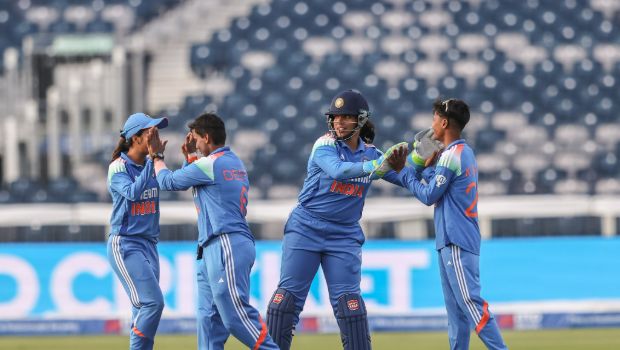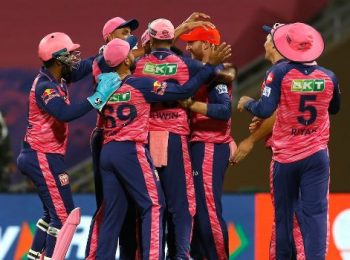India’s recently concluded tour of England ended with a dominant display that left little doubt about which side had the upper hand. India clearly outplayed England in the overall tour, encompassing both the T20Is and the ODIs. While the T20I series ended 3-2 in India’s favour, there’s a strong argument to suggest it could easily have been 4-1. The game at Lord’s, reduced to 29 overs, proved to be the only major blemish for India, where they seemed unprepared to switch gears quickly and paid the price by falling short of a defendable total. Aside from that match, India consistently outbatted, outbowled, and outfielded England—and arguably outsmarted them as well.
Throughout the series, India often looked more like the home team. They read the conditions better, selected more balanced line-ups, and responded to key match situations with greater clarity and precision. These are typically the hallmarks of a side comfortable in home conditions, yet it was India who exhibited that comfort.
India’s fielding and bowling development over the past year or two has been significant. This growth has not gone unnoticed by those who follow the women’s game closely. While many pundits expected India’s batting to impress—given their world-class talent in good form—few anticipated the level of excellence they would demonstrate in the field and with the ball.
The emergence of Kranti Goud in the final ODI stood out as one of the defining moments of the series. Her six-wicket haul was more than just a personal milestone; it symbolised a crucial step forward for India’s pace bowling unit. Traditionally reliant on spinners, India’s spin strength is well-established and expected to be a cornerstone in the World Cup. However, the development of young seamers like Goud adds depth and dimension to their attack. Her early discipline, ability to move the ball, and key dismissals of seasoned players like Amy Jones and Tammy Beaumont opened up England’s innings and underscored her impact. Her rise could be a game-changer for India heading into major tournaments.
Another highlight was Harmanpreet Kaur’s return to form with the bat. Having been short of runs and visibly out of rhythm for some time, her performance in the final ODI was timely and uplifting. Her innings was filled with classic Harmanpreet flourishes—graceful drives and commanding strokeplay that oozed authority. It was perhaps surprising, given her
recent form, but it came at the perfect moment and is a significant morale boost for the team.
Harmanpreet’s contribution as captain has always been commendable, but this return to scoring runs solidifies her all-round value ahead of a challenging calendar that includes a mini-series against Australia and the World Cup.
In the field, India set themselves apart. Jemimah Rodrigues was particularly impressive with her positional awareness and dynamism. Her alertness and anticipation gave India an edge that translated into tangible match-winning moments. It was arguably India’s superiority in the field that decided both the T20 and ODI series. This development should concern England, who were visibly outperformed in this area. Their fielding lacked the sharpness and intent displayed by India. Players often appeared unready for the ball, reacting with surprise when it came their way. The contrast between the two sides was stark and ultimately telling.



























